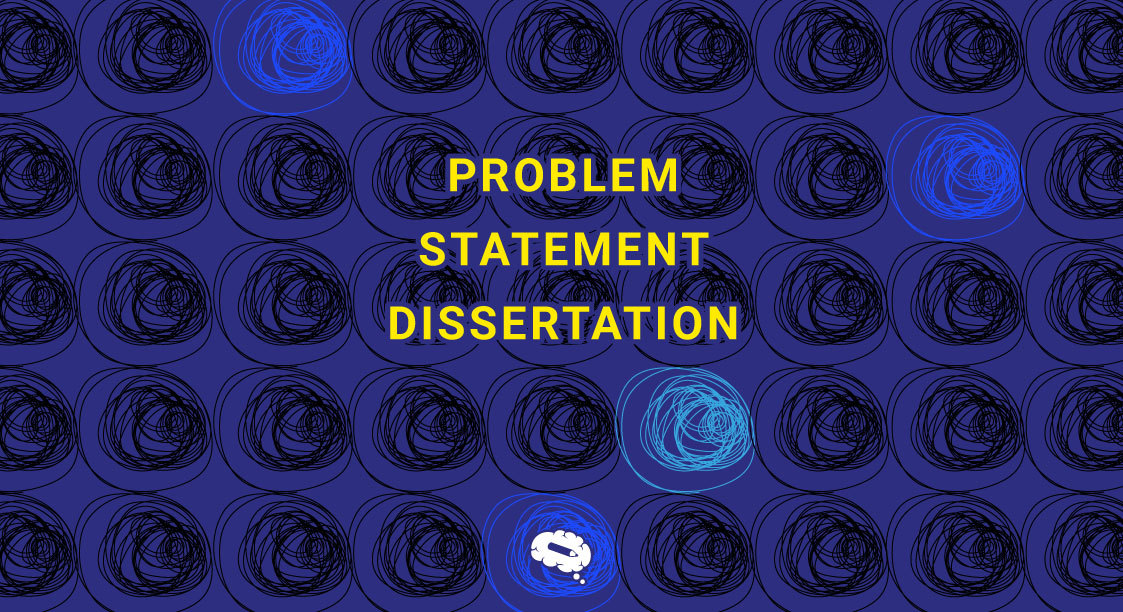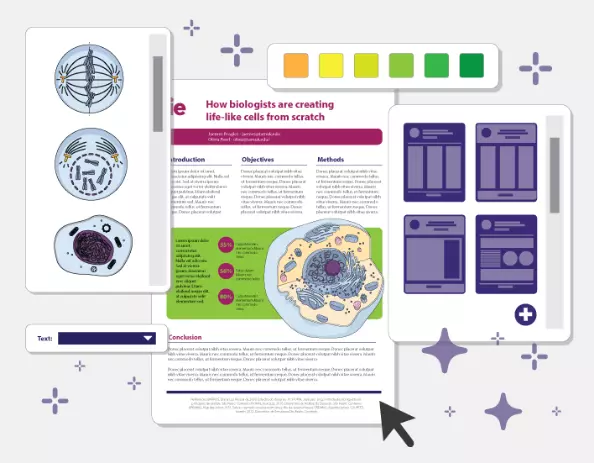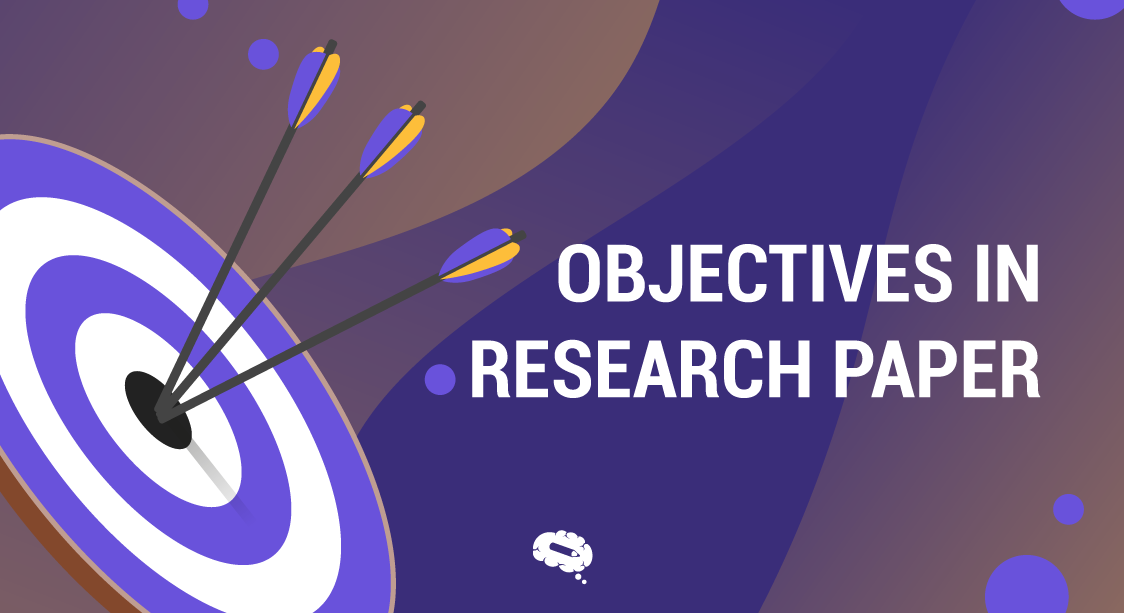A precise and compelling problem statement is a cornerstone of success in any field of problem-solving, whether you are a student, an entrepreneur, or someone seeking impactful change.
As we explore the art and science of defining a problem statement dissertation in this blog, we will clarify its boundaries, capture the essence of the challenge, and set the stage for innovative solutions. To master this critical skill, we’ll examine techniques, tips, and examples, giving you the clarity and purpose you need to solve complex problems.
It doesn’t matter whether you’re striving for improved processes, brainstorming new research ideas, or just looking to enhance your problem-solving arsenal, our approach to defining a compelling, precise, and focused problem statement dissertation will serve as your guiding light. It’s time to take this journey together and unlock the power of excellence in problem statement writing.
With that said, let’s begin our exploration of this fundamental skill for achieving remarkable results and driving positive change.
Problem Statement
When tackling a problem, the problem statement serves as the compass that guides your efforts. Clearly and concisely articulating a challenge or issue that needs to be addressed is the purpose of a problem statement. Defining the problem’s scope, context, and importance is an essential part of the problem-solving process.
Identifying the problem and describing its impact on beneficiaries and the environment are essential elements of a well-crafted problem statement. As a result, it lays the groundwork for understanding the root causes and possible solutions.
Essentially, the purpose of a problem statement is to guide individuals and teams through the complex terrain of problem-solving. This is the basis for building strategies, designing solutions, and measuring progress. By aligning efforts, focusing resources, and working purposefully, one can resolve the problem at hand. The first step towards achieving meaningful outcomes in innovation and decision-making lies in well-defined problem statements.
Also read: What Is The Problem Statement, And How Should It Be Framed?
Components Of A Problem Statement
An effective problem-solving process begins with a well-structured problem statement. By following it, you will be able to ensure you are on the right track towards understanding and resolving the issue. A robust problem statement includes the following components:
- Definition of the Problem: Begin by defining the problem clearly and concisely. Describe the issue without unnecessary jargon or ambiguity in your “what” of your problem statement.
- Context: It’s important to understand the context. Describe the problem in some detail, including when and where it occurs. In this way, your audience can gain a better understanding of how and why the problem exists.
- Scope Definition: Identify the problem’s boundaries clearly. Clearly define what your statement encompasses and what it does not. The purpose of this is to avoid misunderstandings and to ensure everyone is on the same page.
- The Problem’s Magnitude or Impact: Explain how large the problem is and how it impacts the community. Is it affecting individuals, organizations, or the community at large? In order to convey the severity of the problem, it is helpful to quantify its impact.
- Identification of Stakeholders: Determine which key players are involved. How will the problem be addressed, and who is directly affected? When solving problems collaboratively, it is essential to acknowledge stakeholders.
- The Objective: Explain what you hope to accomplish by solving the problem. In the end, what do you hope to accomplish? By doing this, your problem-solving efforts and potential solutions will be guided in the right direction.
- Limitations or Restrictions: Are there any limitations or restrictions that need to be considered? Resource limitations, budget constraints, or time constraints may apply. For realistic planning, it is essential to acknowledge constraints.
- An Analysis of Possible Root Causes: Identifying possible root causes can be insightful, though it is not always included. Understanding why and how the problem occurs lays a foundation for effective solutions.
Also read: From Symptoms To Solutions: The Art Of Root Cause Analysis
- Data or Evidence: Be sure to include any data or evidence you have to support your claims. By using data, you can support your argument that the problem exists and is significant and add credibility to your argument.
- Priority: It is sometimes necessary to deal with problems immediately. You should emphasize the urgency if that is the case. Having everyone understand the urgency of the situation ensures that swift action is taken.
By using these components in your problem statement, you will not only be able to break down the problem efficiently, but you will also be able to communicate it clearly to others, which will make it easier to brainstorm solutions and monitor progress. This is the roadmap you need to solve problems successfully.
Writing A Problem Statement Dissertation
Writing a strong problem statement is an integral part of writing a dissertation. Several key elements make up a well-written problem statement.
A clear and precise statement is the first requirement. Ensure immediate comprehension of the research problem by succinctly describing it without ambiguity. In addition, the relevance and significance of the problem should be emphasized. How does resolving it contribute to existing knowledge and why it is worthy of scholarly attention?
Add depth to your problem statement by discussing its potential consequences. Present the relevance of your research to previous studies and theories, integrating your problem statement with existing literature. Your research should be emphasized for its originality and contribution. Show how your study is unique and offers new insight or perspective in your field. Your approach to academic discourse is unique, thus underscoring its value.
Crafting An Engaging And Specific Problem Statement
It is vital to create a clear and compelling problem statement for your dissertation as the first step. Pick a research topic that resonates with your field of study and truly engages your interest. To identify gaps or unresolved issues in existing literature, a thorough literature review is crucial. Use precise language and an engaging tone to clearly define the problem you wish to investigate.
By emphasizing how its solution will contribute to the existing body of knowledge, explain the significance of the problem in both academic and practical contexts. Ensure focus and clarity by defining what your research includes and excludes.
Research questions or hypotheses directly related to the problem statement should be developed. Ensure that you use language that appeals to both experts and those with limited knowledge of the topic. Be prepared to revise your statement as your research progresses, and seek feedback from peers, mentors, or advisors. It is ultimately the problem statement that guides your research and captures readers’ interest, which serves as the cornerstone of your dissertation.
Examining Relevant Theoretical Issues
A dissertation problem statement must examine relevant theoretical issues. Defining and contextualizing any issue hinges on a theoretical framework, which serves as the foundation for any research endeavor. It is important to examine pertinent theoretical issues in this context for several reasons.
To begin with, it provides the necessary background for understanding the theoretical underpinnings of the problem. Research models, theories, and concepts relevant to the topic of study can be identified with its help. Second, this examination provides an opportunity to identify gaps, inconsistencies, and areas where modifications may be necessary in existing theories.
Researchers are able to formulate precise and engaging problem statements after a comprehensive exploration of theoretical issues. A problem statement must also be integrated into the broader academic discourse to ensure that the research contributes to the field.
A robust theoretical framework can be constructed by examining theoretical issues, which does not just support the problem statement, but also guides the dissertation, contributing to credibility and knowledge advancement.
Incorporating Statistical Analysis Into The Problem Statement
For quantitative research endeavors, including statistical analysis in the problem statement is critical for constructing a data-driven research foundation. To properly investigate the research question, the problem statement needs to be aligned with statistical methods and tools.
The first thing it does is set the stage for defining a clear and testable problem. It emphasizes the quantitative nature of the study by explicitly mentioning the use of statistical analysis. Furthermore, it enhances the specificity and clarity of the problem statement. The statement provides readers with an understanding of the study’s methodology along with the statistical techniques that will be applied, including regression analysis, hypothesis testing, or data mining.
As a result of incorporating statistical analysis, the research is further emphasized for its scientific rigor. Research findings and conclusions will be credible since systematic data collection and analysis will be employed.
Example Of Good Problem Statements For Dissertation
“The energy sector is faced with a complex challenge in transitioning to renewable energy while maintaining grid reliability. The purpose of this study is to analyze the technical, economic, and regulatory aspects of integrating renewable energy sources into existing power grids. The goal of the research is to identify barriers and opportunities in the integration of renewable energy and to propose a framework to maximize the integration.”
- Contextual Background: “The energy sector is faced with a complex challenge in transitioning to renewable energy while maintaining grid reliability.”
- Purpose of the Study: “The purpose of this study is to analyze…”
- Aims and Focus: “…the technical, economic, and regulatory aspects of integrating renewable energy sources into existing power grids.”
- Objectives of the Research: “The goal of the research is to identify barriers and opportunities…”
- The desired outcome: “…and to propose a framework to maximize the integration.”
Beginning with the contextual background, the problem statement outlines the energy sector’s overarching challenges. A description of the research purpose follows, which is to analyze specific aspects of the integration of renewable energy. In order to maximize the integration of renewable energy sources into existing power grids, the research aims to identify barriers and opportunities. All the necessary components are present in this perfect problem statement.
Mind the Graph’s Power Of Visuals Will Take Data Visualization To The Next Level
A game-changer is at hand in the quest to better communicate and understand scientific findings. Research and dissertations can be made easier with Mind the Graph. Scientific communication will be redefined as we know it when visuals are seamlessly integrated into your drafts. Through Mind the Graph’s powerful tools, you can visually engage your audience with complex data, making it easier for them to understand.

Subscribe to our newsletter
Exclusive high quality content about effective visual
communication in science.





